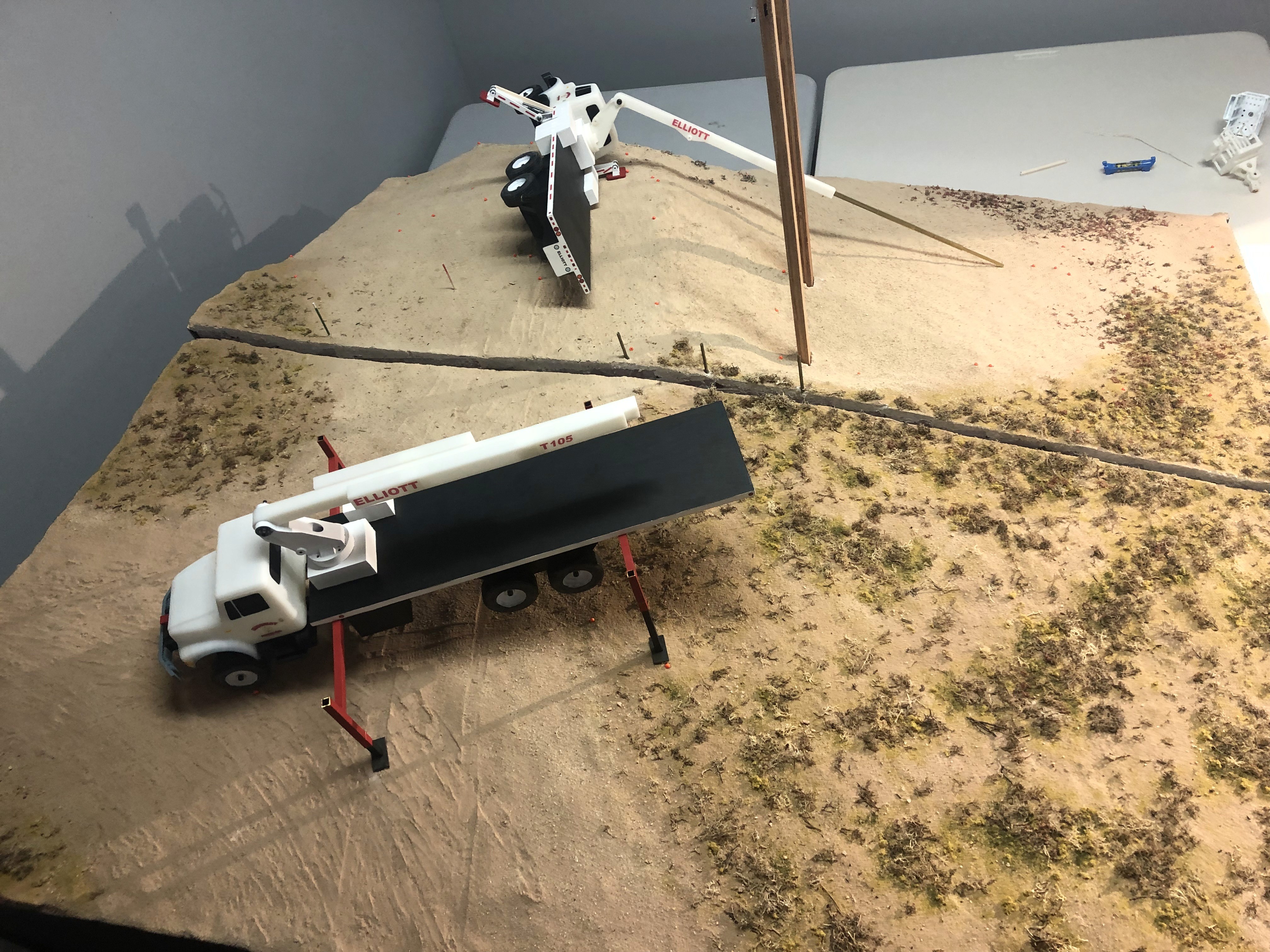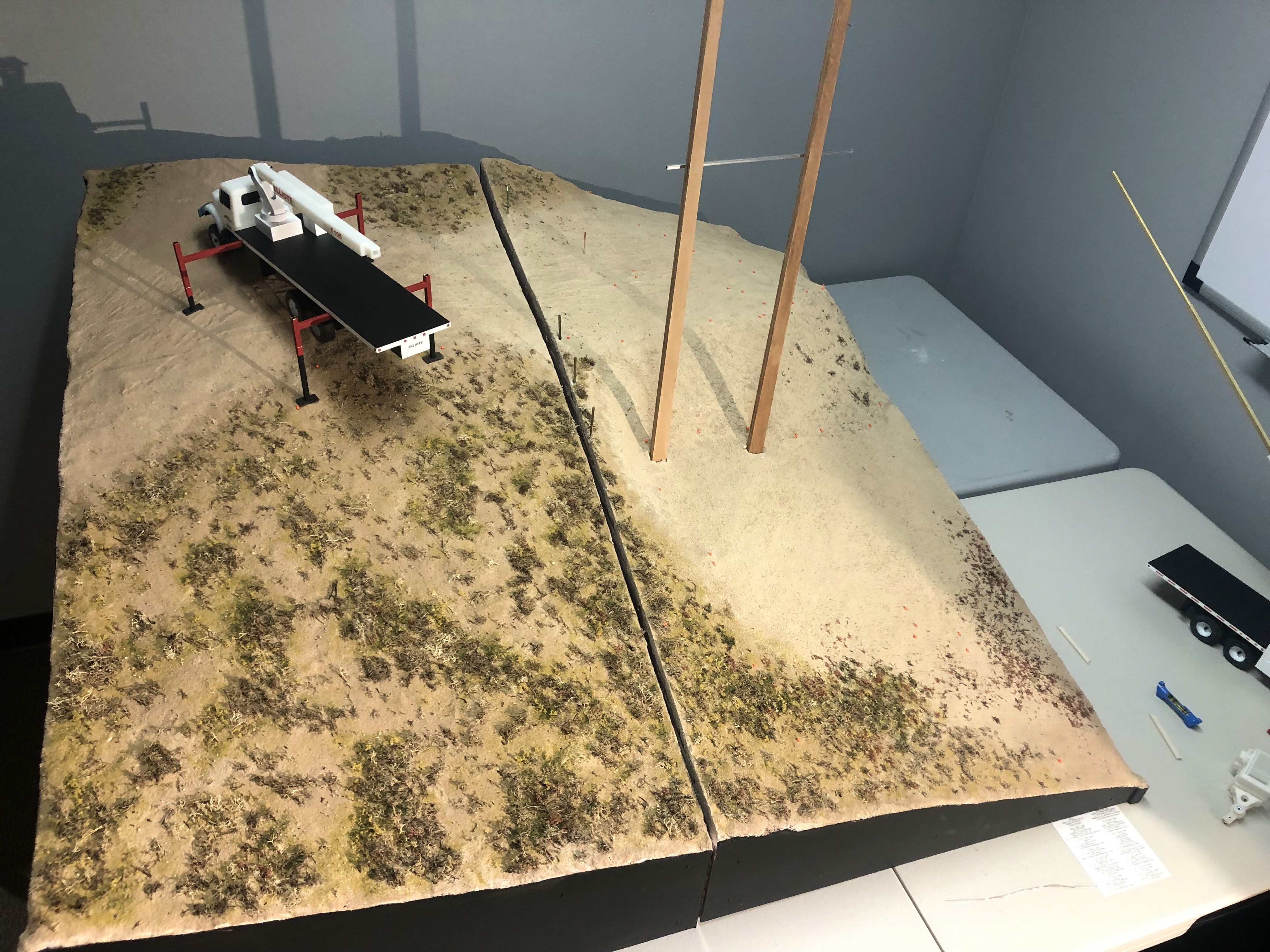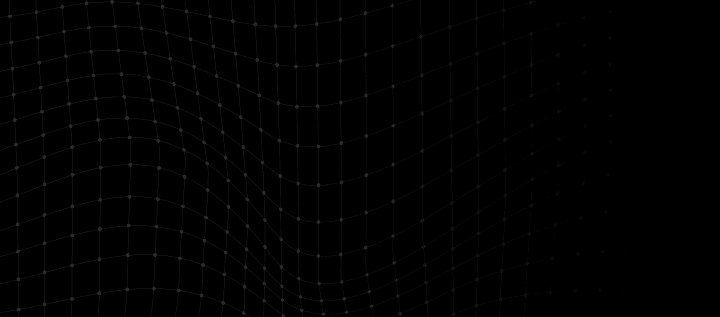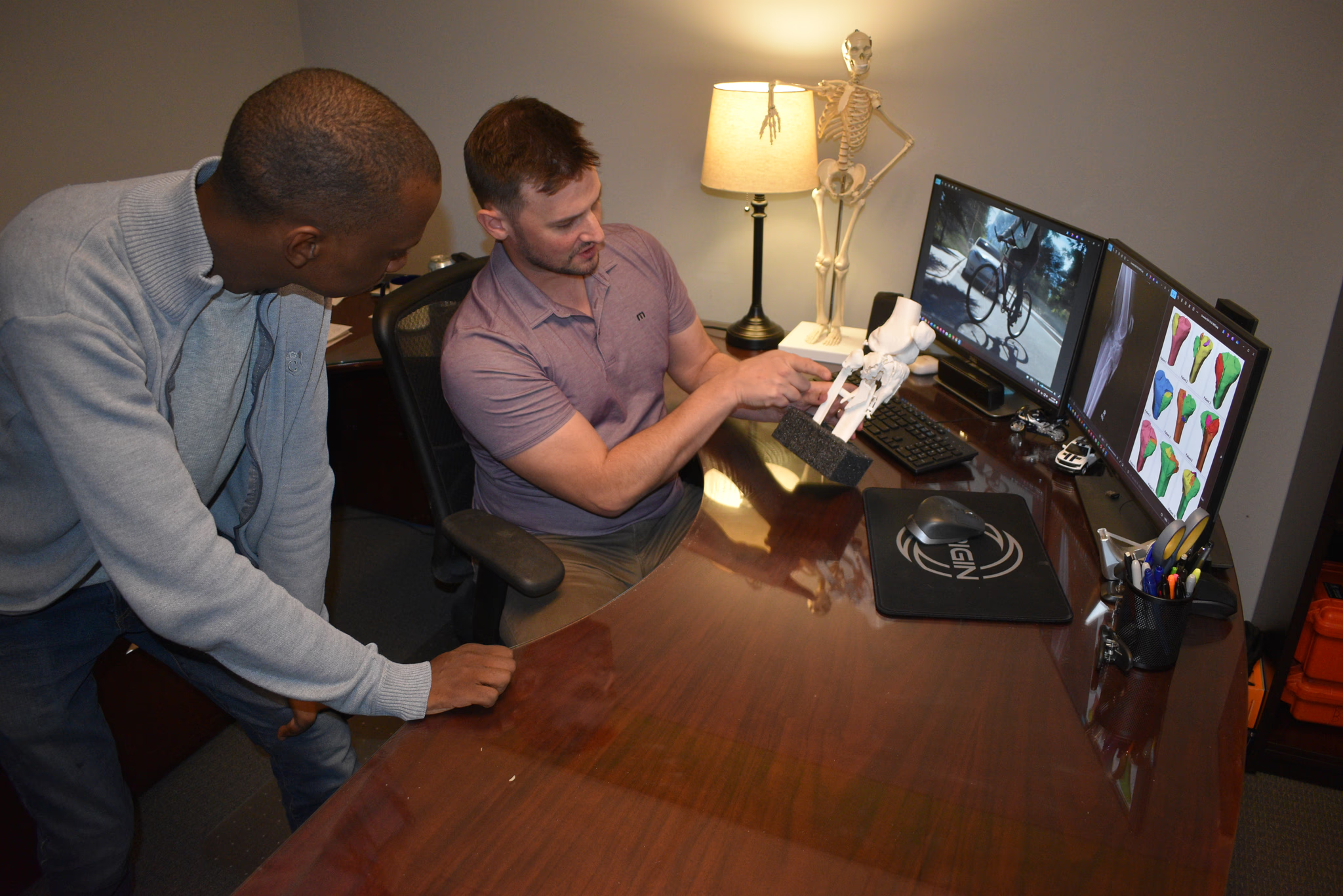
TECHNOLOGY & TOOLS

Accurate Scale Models: Our engineers construct precision, scaled-down vehicle replicas. These models mirror real-world dimensions, capturing important details to describe vehicle damage, orientation at impact, and other important facets of a collision.
Collision Sequence Visualization: Physical models aid us in recreating the accident sequence. We analyze impact angles, forces, and vehicle interactions.
Courtroom Clarity: Jurors and judges are able to grasp the collision dynamics much better when 3D vehicle models are presented as part of the reconstruction of the crash.
Scaled Crash Scenes: Physical models replicate accident scenes—complete with skid marks, debris, and road features.
Physical Documentation: These models of the scene provide realistic, scaled representation of the scene of the crash.
Hypothesis Testing: Engineers test different scenarios using physical models. Physical models can easily be manually manipulated to test hypotheses.


